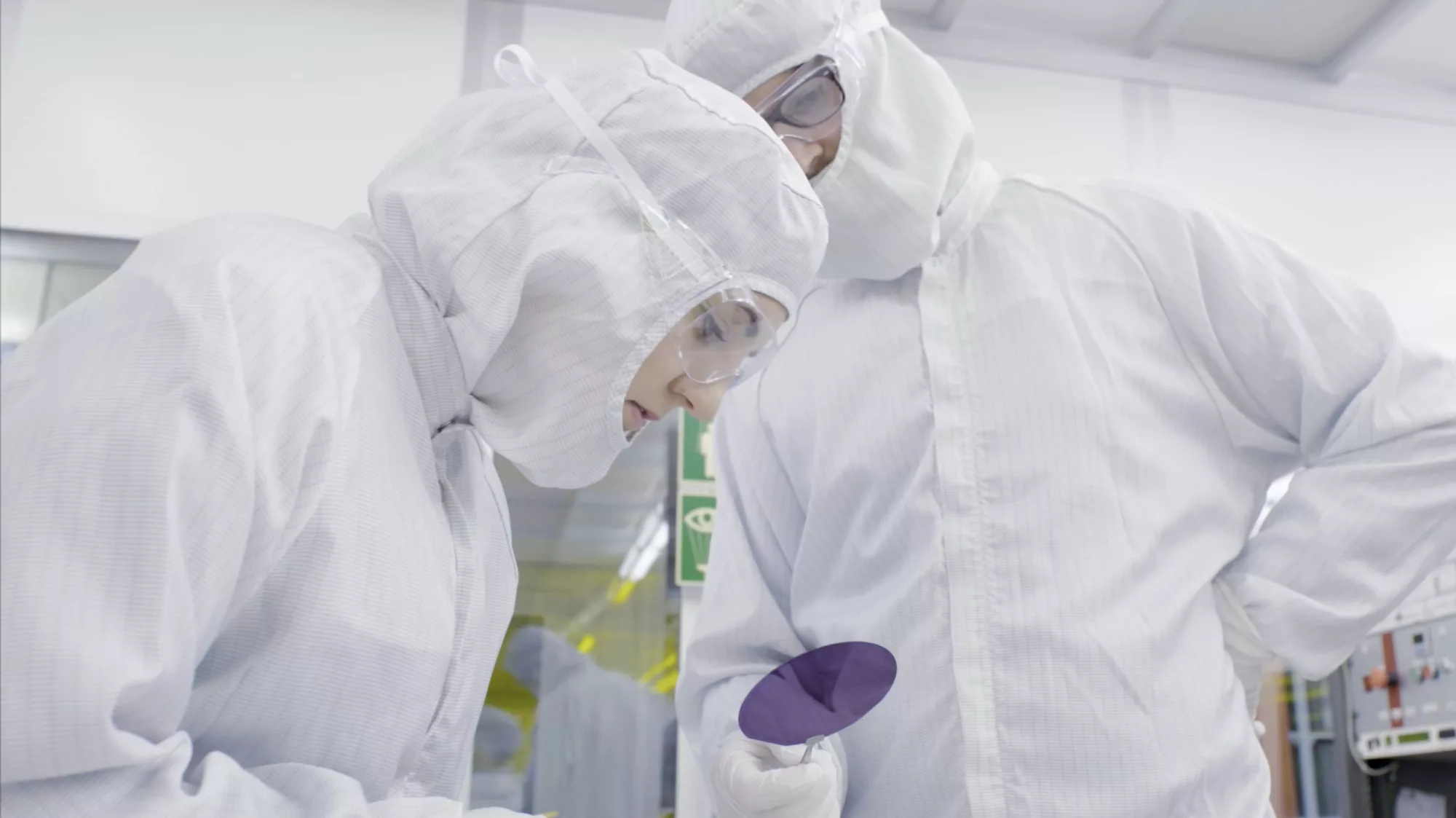Sign up for our newsletter!
Your data will be handled in compliance with our privacy policy.
Your data will be handled in compliance with our privacy policy.

Smoltek is involved in developing Swedish cutting-edge expertise in smarter electronics systems – a Vinnova innovation program backed by the Swedish Energy Agency and Formas.
Through Vinnova, Smoltek has been granted financial support for feasibility studies for the project: “Towards the integration of carbon-based capacitors in industrial wafer production”.
The support corresponds to 50% of the project cost (a maximum of SEK 400,000).
In addition, a completed feasibility study is a prerequisite for being able to apply for support for future announcements within the program Smarter Electronic Systems.
Read more about the Swedish strategic innovation program for electronic components and systems.
Image: Smoltek R&D engineers at Chalmers MC2 laboratory
Your data will be handled in compliance with our privacy policy.
News

November 20, 2025
We have launched a podcast about materials technology and investments in general and our disruptive carbon nanotechnology in particular.
News

November 5, 2025
Smoltek Semi has reached an important technical milestone in the development of the company’s carbon fiber-based CNF-MIM technology. The capacitors have successfully passed a 1,000-hour high-temperature durability test, confirming the robustness of the technology for advanced applications.
News

October 24, 2025
Smoltek Semi has acquired a plasma-enhanced Atomic Layer Deposition (ALD) system to implement its advanced dielectric stack on carbon nanofibers. The system will significantly reduce the iteration time of coating processes while enabling innovation and IP generation in dielectric stack technology for carbon nanofiber electrodes.
News

October 16, 2025
Smoltek has been awarded another patent in the Multilayer Cap patent family – an innovation that can double or triple the capacitance density of our CNF-MIM capacitors. This is a key factor for Smoltek's business and technology development.
News
September 17, 2025
Smoltek Semi has successfully participated in Semicon Taiwan 2025, invited by their strategic partner ITRI.
News

September 10, 2025
Smoltek Semi is selected by ITRI, as one out of three collaboration partners, to be part of their exhibition stand at Semicon Taiwan 2025. We are grateful to be able to present our ultra-thin CNF-MIM capacitor technology for powering next generation advanced semiconductor chips.